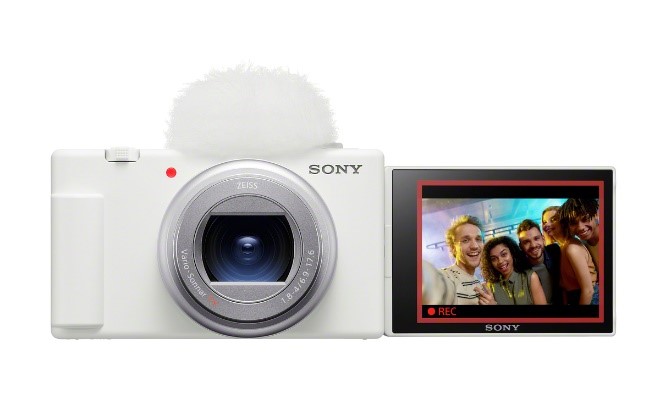
At at time when phones are such good cameras, why should you buy a standalone camera? Well, the Sony ZV-1 Mark 2 compact camera is aimed at changing your mind.
The new version is aimed at folks who shoot video logs or vlogs, though it also holds its own in still photography in many familiar situations, like close-ups of food, for example.
Compared to the previous version, this Mark 2 seems little different in size and handling. Actually, it has the exact button placement as the predecessor.
Being small, the camera is handy when on your travels but that means the tiny buttons and dials will make it hard for those with bigger hands. Having a wrist strap with this camera or buying a grip will help to get a more secure hold on the camera.
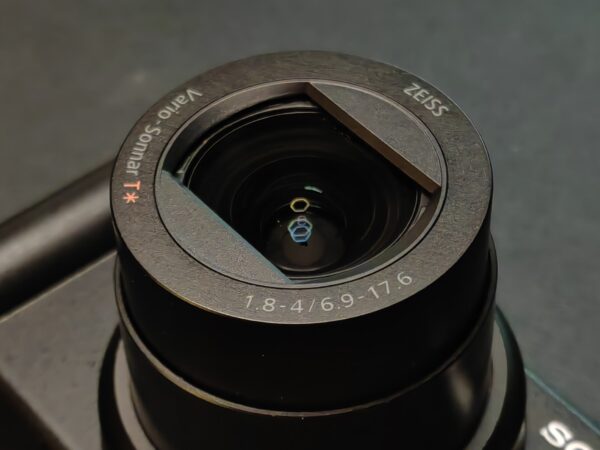
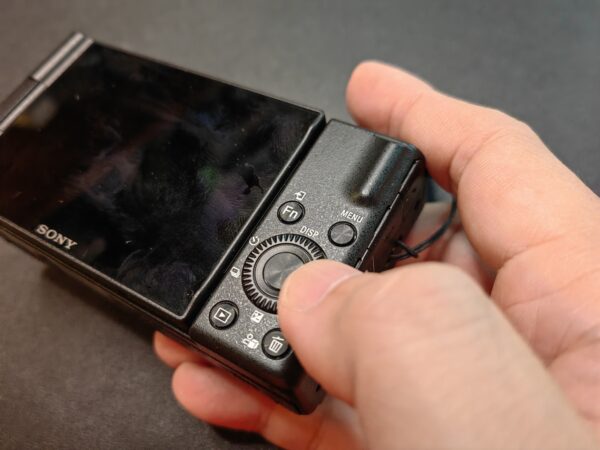
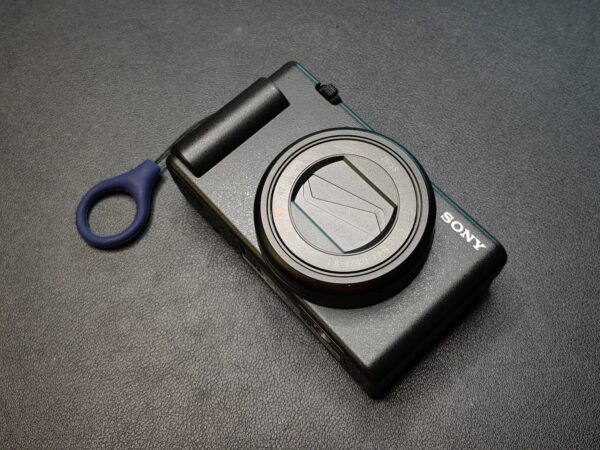
The new camera also has the same 20-megapixel, 1-inch Sony Exmor RS sensor, which is excellent for most shooting conditions.
I am not a fan of its colour rendition, as my skin tone feels like I am under the sun for too long. Usually, I have to tweak the colour settings to get the desired colour.
Like the previous ZV-1, the Sony camera makes use of a familiar Zeiss lens. What has changed is the focal length of the lens.
It is now an 18-50mm full frame equivalent lens with the widest aperture range between f1.8-4. That means shooting at the longest zoom will result in the shutter speed and ISO being increased to combat camera shake.
This is a slight downgrade from the old 24-70mm, f1.8-2.8 lens in the ZV-1, though the wider perspective allows the background to be captured easily.
In other words, I do not need to push the camera further away or use a longer selfie stick to record a vlog or attempt a selfie. It is also easier to capture landscapes and interiors with the new camera.
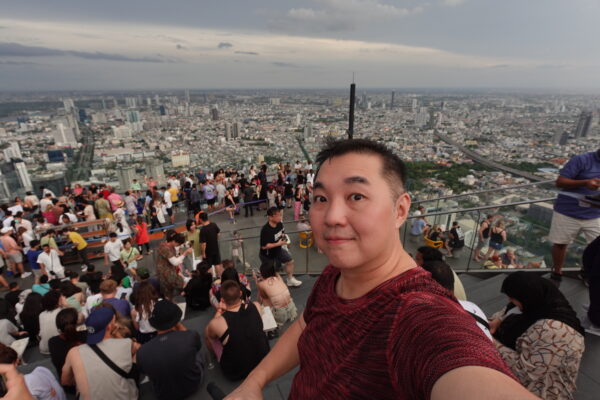
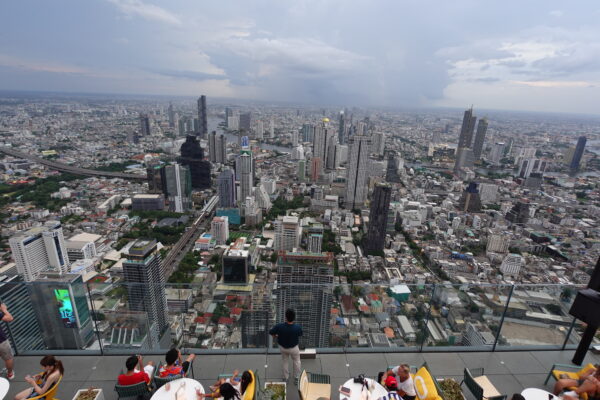
Another helpful feature is the built-in Neutral Density (ND) filter. Like sunglasses, the Neutral Density filter darkens the scene and forces the camera to use a much wider aperture at f1.8 to create a natural blur background.
It also slows the shutter speed to 1/50 of a second for more realistic video captures at 24 frames per second.
However, finding and activating the ND filter takes work, as it is hidden in the exposure menu settings. During my tests, I linked one of the custom buttons to the ND filter activation to make it easier to use the ND filter on the go.
Speaking of capturing videos, Sony has done well with audio capture. The ZV-1 Mark 2’s 3-array microphones can capture sound from around the device well.
If the sound source is in front of the camera, activate the microphone to focus on the front. You can also use the camera’s audio port with your favourite wired microphone for better audio capture.

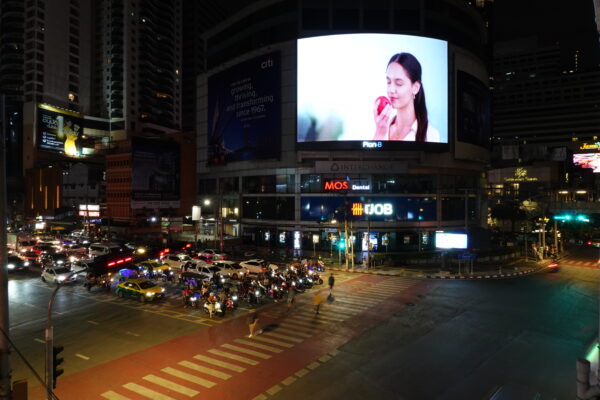
The bad news is that the camera does not have a headphone port to monitor the audio recordings. A Bluetooth connection to a wireless earphone would have been helpful here.
Other outstanding features of the ZV-1 Mark 2 are the camera’s auto-focusing and ease of use with a smartphone.
The camera follows and tracks me when I record, even when passersby walk in front of me on a busy street. There is even a product showcase mode where the camera can focus quickly from face to product and back again without missing a beat.
The Sony camera even has a multiple face recognition feature that keeps all the faces sharp and clear when taking a group shot.
I can also easily share photos and videos from the camera to my smartphone via a Sony app. The tight app-camera integration is something that other manufacturers can learn from here.


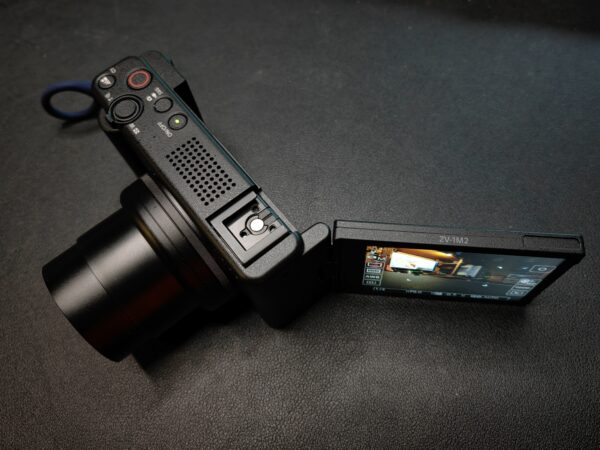
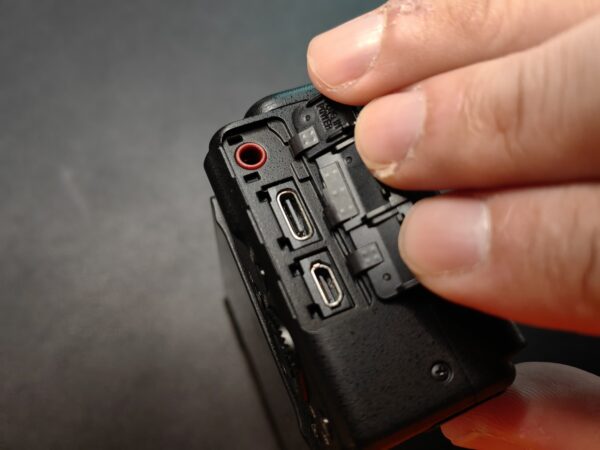
The ZV-1 Mark 2 would have made an excellent learner or travel camera, except for one important point.
The camera cannot use a slower shutter speed than 1/4 of a second, so capturing light trails, silky water effects, fireworks, or even the milky way is out of the question. This is an important downside.
When smartphones can shoot with a long 30-second exposure, handicapping the camera like the ZV-1 Mark 2 with short shutter speeds will not endear it to users.
So, if you are looking for a camera that meets the basic needs of video and still photography, the S$1,199 ZV-1 Mark 2 will fit the requirements to a T.
However, you will do better to get the Sony ZV-E10 that lets you swap out lenses. Now costing S$1,009 with a zoom lens, it’s a more versatile camera with a path to upgrade lenses as you progress on your photography journey.






